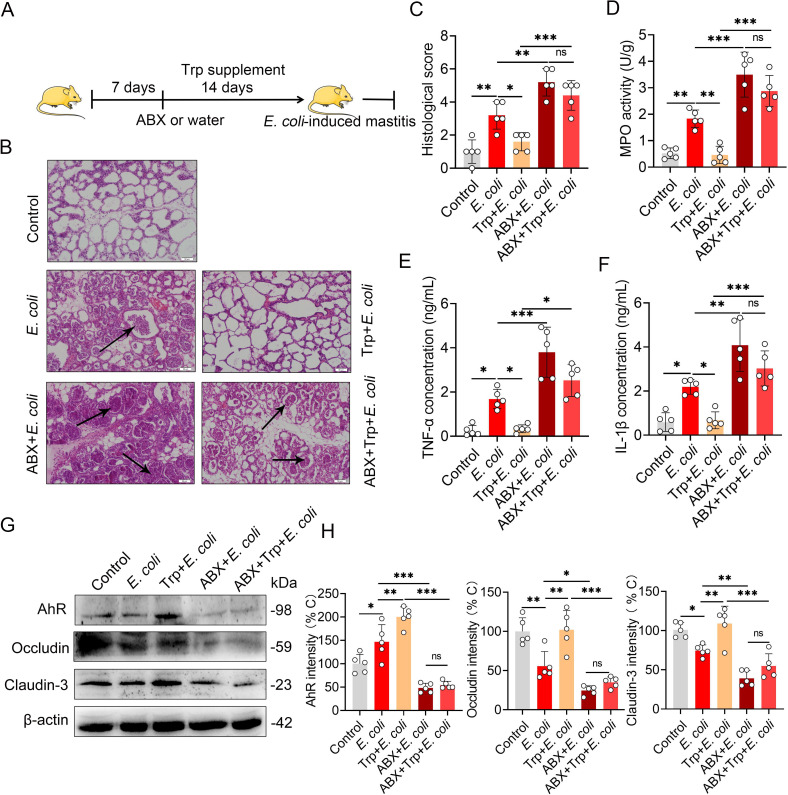Fig 5. Tryptophan improves E. coli-induced mastitis by intestinal microbiota metabolism.
(A) Schematic representation of tryptophan treatment. The mice were pretreated with ABX (1 g/L ampicillin, neomycin sulfate and metronidazole and 0.5 g/L vancomycin) or water for one week and their food was supplemented with or without tryptophan (1%) for two weeks, followed by modeling of the E. coli-induced mastitis (107 CFU/50 μL by intra-breast injection). (B) Representative H&E staining of mammary gland tissue sections used in histological analysis. The black arrow indicates inflammatory cell infiltration (scale bar, 50 μm). (C) The histological score according to H&E staining sections (n = 5). (D) The MPO activity was assessed in mammary gland tissues from differently treated mice (n = 5). Inflammatory markers TNF-α (E) and IL-1β (F) were measured using ELISA on mice from different groups (n = 5). AhR, occludin and claudin-3 protein levels (G) and intensity analysis (n = 5) (H). ns, no significance, *p < 0.05, **p < 0.01, and ***p < 0.001 indicate statistical significance by one-way analysis of variance. The data are presented as the means ± SEM (C–F and H). ABX, a cocktail of antibiotics; Trp, tryptophan.

